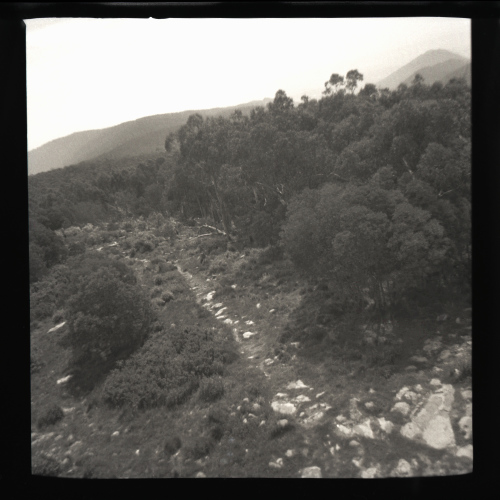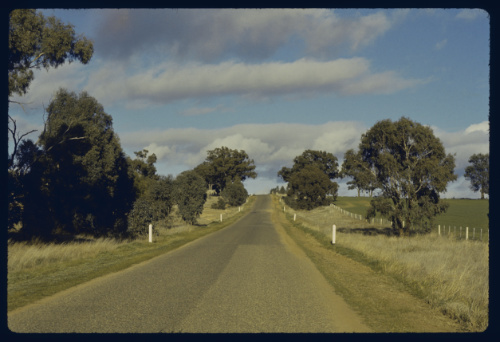
capturing texture and light
building a resource

Most Make Books Australia titles are illustrated using material drawn from an extensive image archive. The foundations of this archive were set several decades ago, with material continually added.
Initially, the archive was built on location-, event- or subject-driven photo shoots that produced back and white negatives. The seventies saw colour images – captured using slide and negative film – added. Then, in the early 2000s, digital images became the sole source of new material flowing into the archive.
In parallel with these technical changes, the approach to / driver of picture collection become more opportunistic. Digital capture afforded greater freedom by supporting increased experimentation, and by expanding the situations where it was possible to extract unusual, intriguing, or abstract images from often mundane objects or situations.
The role of light as a transformation agent in image capture, in helping to draw out and accentuate texture, has always been an important factor when generating pictures for the archive. As the lens targets have, increasingly, become everyday situations and objects, the importance of light as a driver of difference has grown exponentially.
changing technology

The image capture regime to feed the archive has seen four major changes since the 1960s. Initially, the process used fixed lens point-and-shoot film cameras of varying design, capability and quality.
The early 1970s saw the first major image-capture regime change, when a second capture path was added – based on single-lens-reflex film cameras – largely used during specific expeditions into photo-rich territory. The point-and-shoot option, taking advantage of smaller and higher-quality cameras, continued to be deployed – even for some image-rich territory – where the need for a compact camera was a driving factor. The prime example of this approach was using an Olympus XA2 with fixed 35 mm lens, loaded with colour slide film, during a ‘grand tour’ across parts of the USA, UK and Europe. The trip was a major archive-building exercise that saw some fifteen-hundred photos, taken between late July and early October 1983, added.
The second, material, image capture change occurred decades later when the single-lens-reflex film path into the archive morphed into digital. The key impact wrought on image flow by this change was eliminating constraints around husbanding film stock. Again, more flexibility and experimentation was possible, resulting in many more images being taken/added to the archive. By way of example, using a point-and-shoot camera exposing slide film resulted in some 1,500 images being added from the ten-week 1983 round-the-world trip. By contrast, using a digital single-lens-reflex system, nearly 2,000 images were added to the archive from a seven day stay on Bintan during 2005.
The third image capture change was the move from point-and-shoot film to digital phone cameras. The impact from this change was two-fold. The move from film to digital removed the need to husband film stock for point-and-shoot capture, creating a similar freedom as had the move from film to digital single-lens-reflex capture. The second impact was having an always ‘to hand’ camera in the form of a phone. This transition was not a particular point-of-time change. The new system did not replaced the old, as with the film to digital single-lens-reflex change. Rather, this was a gradual transition – as early phone cameras generated images of far lower quality than the point-and-shoot film alternatives. As phone camera image quality improved the point-and shoot film cameras were retired, rather than replaced with digital equivalents.
By around 2005, phone cameras were producing images of suffice quality to be included in the archive. At this point the volume and scope of images being added to the archive exploded. With a quality image capture system almost always to hand – and purposefully seeking images in most everyday situations – the range of subjects recorded along with the quality of light and texture captured, was unprecedented.
In the last several years saw the majority of images added to the archive coming from phone cameras. Such images are now of more than sufficient quality to provide a whole-page image for an ebook or print book up to A4 format.
The last change is around advances in capture and post-capture photo processing software – a story that is still unspooling.
harvesting images

The Make Books Australia imprint is based on producing richly illustrated titles. In some instances sets of images drawn from the image archive are driving the production of a title – such as the timeSnaps series.
In other instances the image archive offers rich pickings in support of manuscripts for new titles. The prime example here is the series of poetry books by Brian Walters. The third, and latest, in this series, Mothlight, draws on groups of images from the archive that offer visual interest – individually and as sequences – to complement Brian’s poems.
The image selection criteria for poetry titles is not to ‘illustrate’ the verse – Brian’s poems are more than capable of speaking to a reader without visual assistance. Rather, the intention is to reflect and counterpoint the underlying chapter themes, while adding a layer of visual richness that, hopefully, enhances rather than distracts from a reader’s experience. It is those who read Make Books Australia titles who will judge the success of this endeavour.
The Make Books Australia image-driven approach is to be further extended with the planned … poems by Emily Dickinson series where image choices will, in part, drive the poem selection process.
